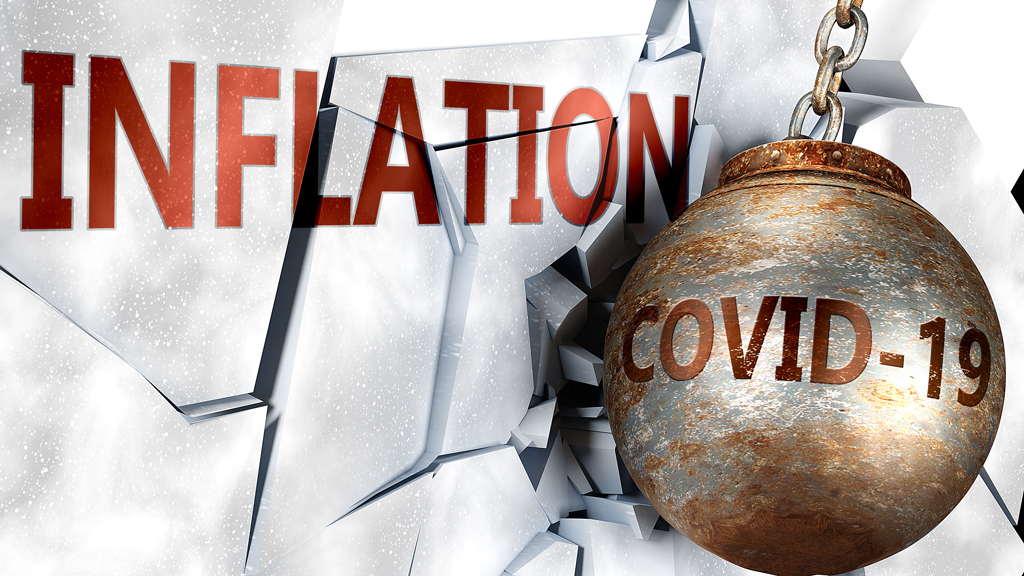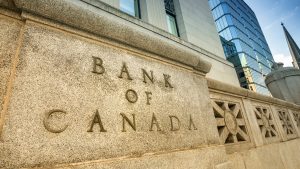Unexpected fallout from the COVID-19 pandemic has been an increase in inflation, where the value of money falls and is able to purchase fewer goods and services than previously.
In April, Statistics Canada reported that prices increased at the fastest annual rate in nearly a decade, rising to 3.4 per cent, up from a 2.2 per cent year-over-year increase in the consumer price index in March.
Inflation is a normal economic phenomenon and relatively harmless as long as it stays low and predictable and everyone has time to adjust.
In the age of COVID-19, however, the economics of inflation are a different beast and there is no consensus that prices will continue to go up or, if they do, by how much.
“In Canada and the United States, inflation has been fed by a combination of supply shock — reduced supply – and massive federal government spending on individuals and businesses, to help keep them afloat,” said Jack Mintz, president’s fellow at the University of Calgary’s School of Public Policy, “Now that we seem to be emerging from the pandemic, demand is expanding, but supply is still unable to keep up. That leads to inflation – more money chasing fewer things.”
Inflation is a new and unfamiliar economic phenomenon for many Canadians.
“The last time inflation was really bad was in the 1980s,” said Mintz, “Since then it has been much tamer, mainly because the Bank of Canada has focused its attention on keeping the annual rate of inflation close to two per cent.”
Ewald Boschmann, a former Manitoba deputy minister of finance, said another reason why inflation has remained low until recently is that Canadians weren’t expecting prices to go up.
“Workers were satisfied with their contracts, so they kept their wage demands in check,” said Boschmann. “Plus, there were competitive pressures from abroad on Canadian goods and services that helped keep the lid on prices here.”
Now, however, interest rates are close to zero and billions of government dollars have been injected into the economy.
“In the future, I expect loose American fiscal and monetary policy will cause inflation in the U.S. and Canada to go up and stay there for some time,” said Boschmann. “But the odds are against it accelerating, although it’s still possible.”
Inflation has been no stranger to the Canadian construction industry.
According to Statistics Canada, between Q1 2020 and Q1 2021 residential construction costs increased by 12 per cent.
“The prices of building components in Canada and the U.S. have been sprinting rapidly upwards, lumber, plywood and anything made with forestry products, steel and its inputs, gasoline and diesel fuel, and wire and cable made of copper,” said Alex Carrick, ConstructConnect’s chief economist.
Price increases in wood products in their various forms resulted from an unexpected boom in housing starts in the U.S. and Canada and, at the same time, sawmill closures due to COVID-19 that reduced supply.
“Because so many people stayed home and had time on their hands, there was a boom in home renovations, which required lumber,” said Carrick. “Due to restrictions on indoor eating and drinking, many businesses in the hospitality industry built outdoor patios, which also required wood. And those building projects increased demand for complementary products, such as metals and energy, which drove their prices upward, too.”
Although some commentators have said the upward spike in prices will be temporary, Carrick said he isn’t convinced.
“China is back to stimulating its economy with big infrastructure projects, which means there will be increased competition for commodities that are used to make building products,” he said. “In the U.S., strong GDP growth and President (Joe) Biden’s push for increased electrification to reduce the country’s carbon footprint will increase demand for such commodities as copper, nickel, cobalt and lithium. In Canada, population growth will stimulate demand for housing. All of these developments will put upward pressure on prices.”
Carrick said when the inflation question becomes “super interesting” is in several months, in late 2021 and early 2022.
“By then, most of the material supply shortage issues will have been worked out,” he said. “But there’s still the matter of wage increases to be addressed.”
Carrick said the balance of power between labour and management has been shifted by the pandemic, with labour coming out of COVID-19 with more bargaining power vis a vis their employers.
“Overcoming the shortages of workers to fill key positions will require promotional hiring and re-education and retraining over an extended period of time,” he said. “And investments in labour-saving automation will require expensive capital expenditures. All of this might well keep the inflationary fires burning.”










Recent Comments
comments for this post are closed